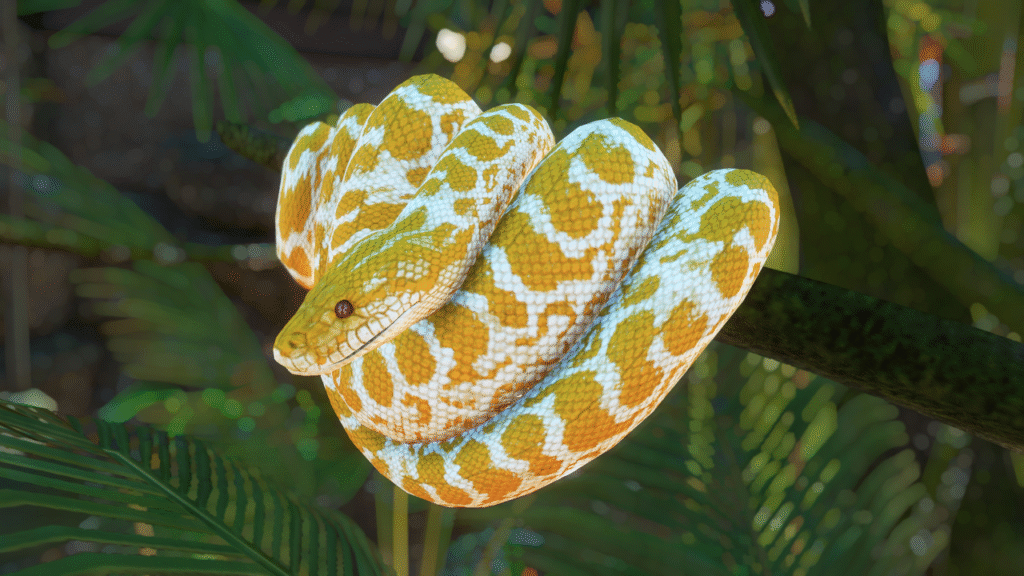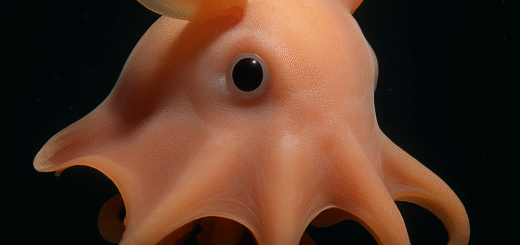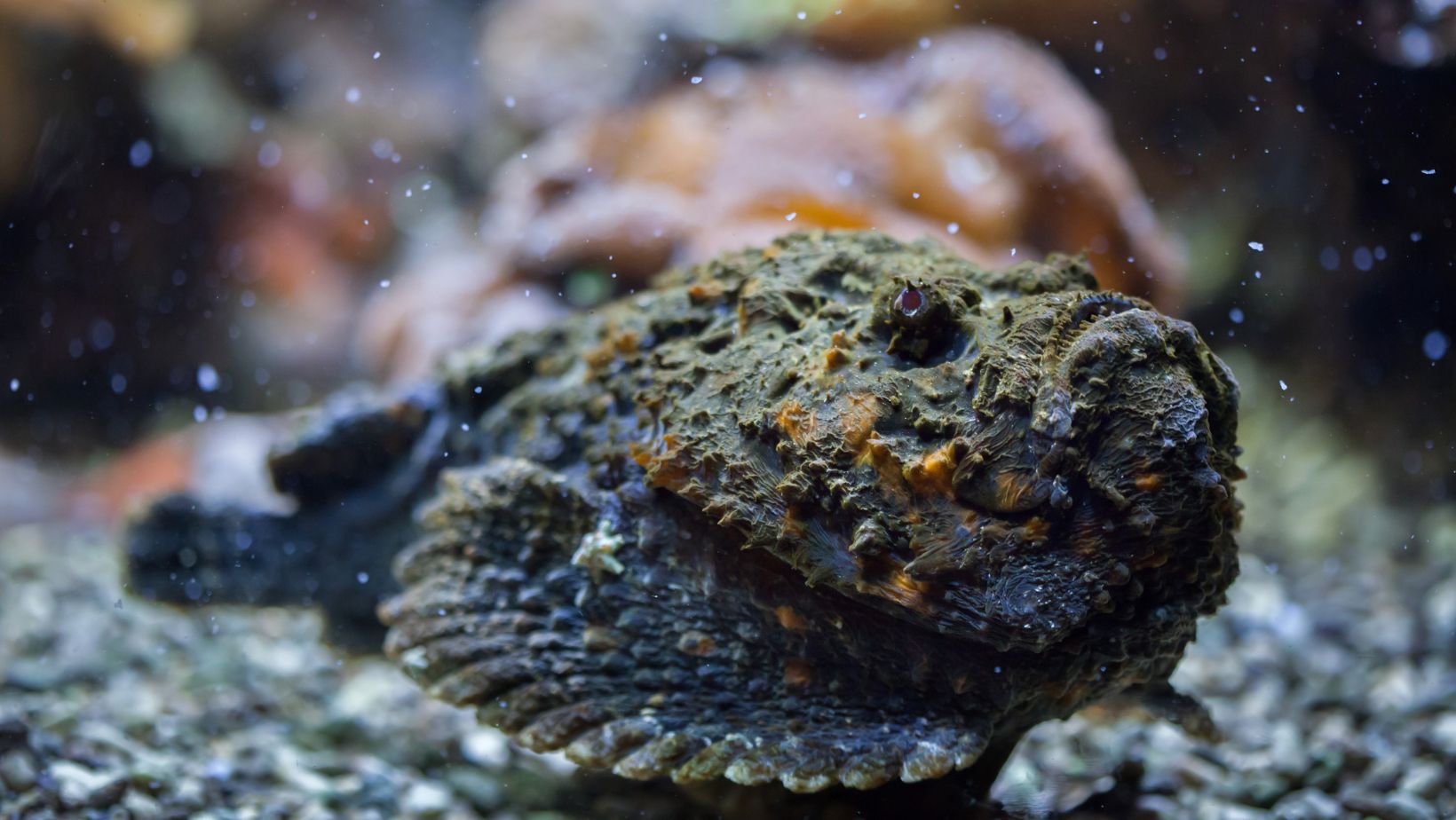The World of Snakes: An Introduction to Nature’s Silent Predators
In the vast, intricate web of life, snakes slither with a reputation that is both feared and misunderstood. These legless reptiles have captivated human imagination for centuries, symbolizing everything from wisdom to danger. But what makes snakes so unique in the animal kingdom? Welcome to the world of snakes — nature’s silent and stealthy predators.

What Are Snakes?
Snakes are reptiles belonging to the suborder Serpentes, characterized by elongated, limbless bodies and flexible jaws that allow them to swallow prey much larger than their heads. With over 3,000 species found across every continent except Antarctica, snakes are one of the most widespread and adaptable predators on Earth.
The Silent Hunters
Unlike many predators that rely on speed or brute strength, snakes rely on stealth, patience, and precision. Their lack of limbs isn’t a weakness—it’s an evolutionary advantage. By using muscles that ripple through their bodies, snakes can glide across terrain almost silently, making them deadly ambush hunters.
Some, like the python or boa, use powerful coils to crush their prey. Others, like the cobra or viper, inject venom to immobilize and digest their targets. Each method is a marvel of natural engineering, fine-tuned by millions of years of evolution.
Snake Senses: Masters of the Environment
Snakes may not have external ears or eyelids, but they compensate with extraordinary senses:
- Jacobson’s organ allows them to “taste” the air and track prey using scent particles.
- Heat-sensing pits (in some species like pit vipers) detect the body heat of warm-blooded animals.
- Their vibration-sensitive jaws help them detect movement through the ground.
These adaptations make snakes not only stealthy but also incredibly aware of their surroundings.
Snake Habitats and Diversity
From rainforests and deserts to oceans and underground burrows, snakes thrive in an astonishing variety of environments:
- The sea snake swims in coral reefs.
- The sidewinder skims across scorching desert sands.
- The green tree python coils on rainforest branches with its vivid emerald color.
Each species has evolved to fit perfectly into its ecological niche, playing an important role in maintaining balance in their ecosystems.
Misunderstood Creatures
Despite their ecological importance, snakes are often killed out of fear or superstition. In reality, most snakes are harmless to humans. Only around 7% of all snake species are venomous, and bites rarely occur unless the snake feels threatened.
Education and awareness are crucial. Snakes help control pests like rodents, contribute to medical research, and maintain biodiversity. Without them, many ecosystems would face serious imbalance.
Fascination and Conservation
Snakes inspire awe, curiosity, and even reverence in cultures worldwide. From the Nāga of Southeast Asian mythology to the Ouroboros symbolizing eternity, they have long slithered through the stories we tell.
But today, habitat loss, illegal pet trade, and fear-driven killings threaten many snake species. Conservation programs and education campaigns are working to change perceptions and protect these incredible reptiles.
Final Thoughts
Snakes are more than just silent predators — they are symbols of survival, adaptation, and balance in the wild. Whether venomous or gentle, tiny or massive, snakes are essential to the natural world. Understanding them not only dispels fear but also deepens our connection to the web of life.








